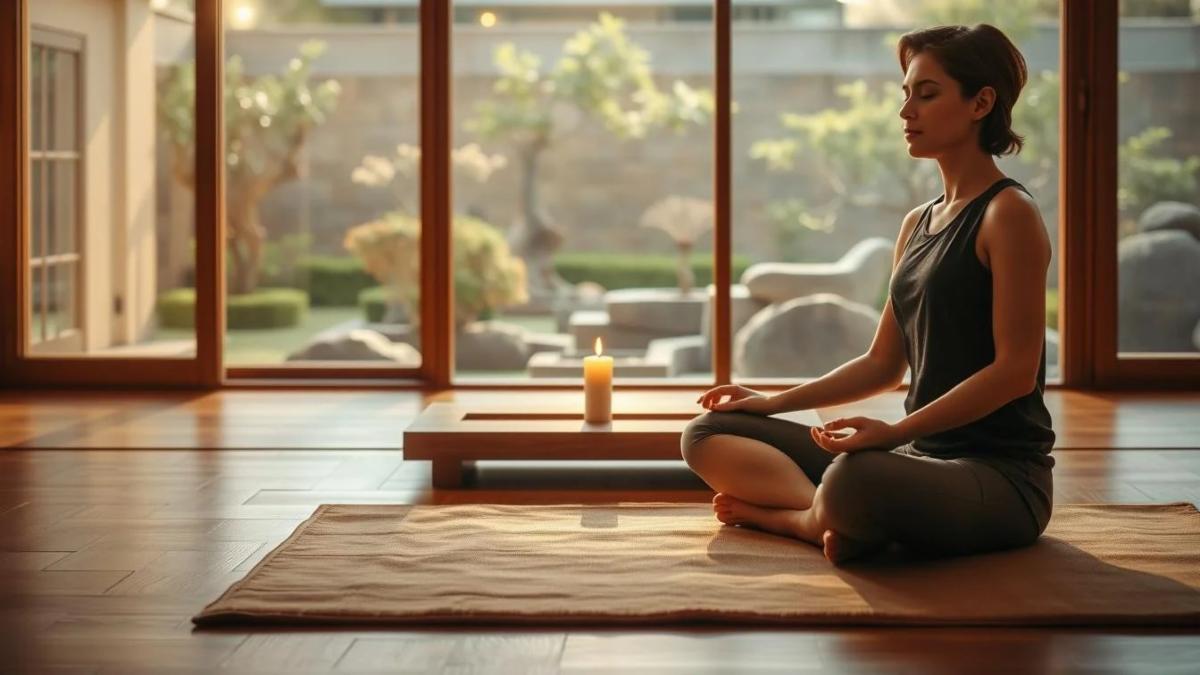Article Body
Mindfulness in 2025: Simple Steps That Are Changing Modern Routines
On July 25, 2025, mindfulness has moved beyond yoga studios and therapist couches. Today, millions are embracing step-by-step mindfulness techniques—from early risers in Mumbai to busy professionals in Manhattan—reshaping everything from workplace wellness to digital detox routines.
Mindful Moments Take Center Stage
The relentless pace of modern life, especially amid digital overload, has triggered a global surge in demand for practical, science-backed solutions to anxiety and stress. Mindfulness, rooted in ancient contemplative traditions and now widely recommended by healthcare professionals such as the Mayo Clinic and the NHS, remains one of the most accessible mental health practices worldwide.
What Is Mindfulness — And Why Now?
Mindfulness means paying focused, accepting attention to the present moment. According to a 2025 survey by Mindful Leader, 82% of respondents now report using mindfulness or meditation apps weekly, up from 54% in 2020—driven by new workplace programs, social media advocacy (#MindfulLiving), and connect-anywhere smartphone platforms.
Verified Step-by-Step Techniques
Here’s what’s being practiced daily in homes and workplaces:
-
Mindful Breathing: Noticed as the most popular entry point, this involves focusing for 60 seconds or more on your inhale and exhale. “Breathwork grounds me before meetings,” shares Amrita Kaur, a HR manager in Mumbai.
-
body scan Meditation: Practitioners lie down or sit, scanning bodily sensations slowly from head to toe to release tension and cultivate awareness.
-
mindful eating: Focusing entirely on the color, texture, and taste of each bite, eating slows down, and mindless snacking is replaced by gratitude.
-
Mindful Walking: Guided meditations help individuals tune into every step, transforming daily walks into rhythms of calm and reflection.
-
Myriad Micro-Practices: From mindful dishwashing to the “mindful pause” before replying to messages, everyday acts are now seen as fertile ground for attention training.
Official Statements
The World Health Organization confirmed in May 2025, “Short, structured mindfulness sessions can reduce workplace burnout by up to 34%”. Dr. Sahana Menon, Director of Behavioral Wellness at the University of Southampton, states, “We’re witnessing a genuine, measurable shift in population-wide anxiety levels — and step-by-step mindfulness is a major factor.”
Scientific Evidence
A peer-reviewed study at the University of Bath shows just 10 minutes of daily mindfulness (using routines like breath focus or body scans via the free Medito app) significantly reduced anxiety and improved lifestyle choices for over 1,200 adults worldwide.
Real-Life Examples
-
Mindful Wake-Up: Starting the day with a pause and intentional deep breaths helps regulate emotions, report teachers in London’s public schools.
-
Mindful Driving: Even during rush hour, participants in San Francisco’s “Calm Commute” program reduced road rage events by 43% over six months.
Conclusion
Mindfulness is no longer a distant goal or a mystical trend—it is a usable, concrete series of daily steps, now recommended for anyone seeking focus, calm, and emotional stability. As Dr. Menon notes, “This practice is for absolutely everyone—one breath, one moment at a time.”


Comments